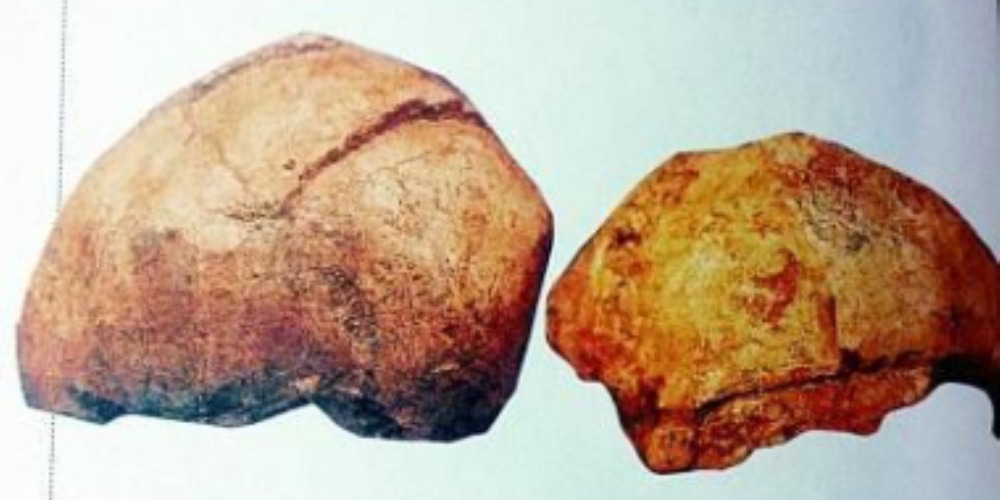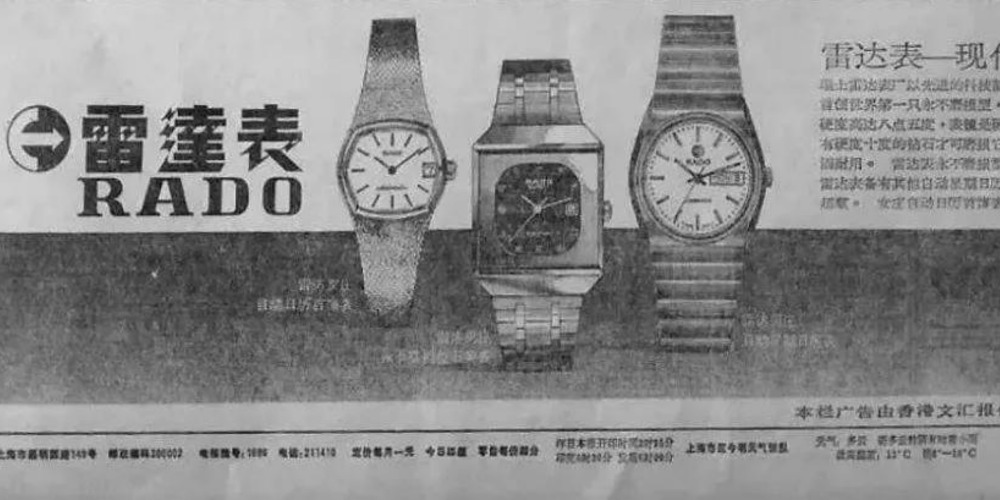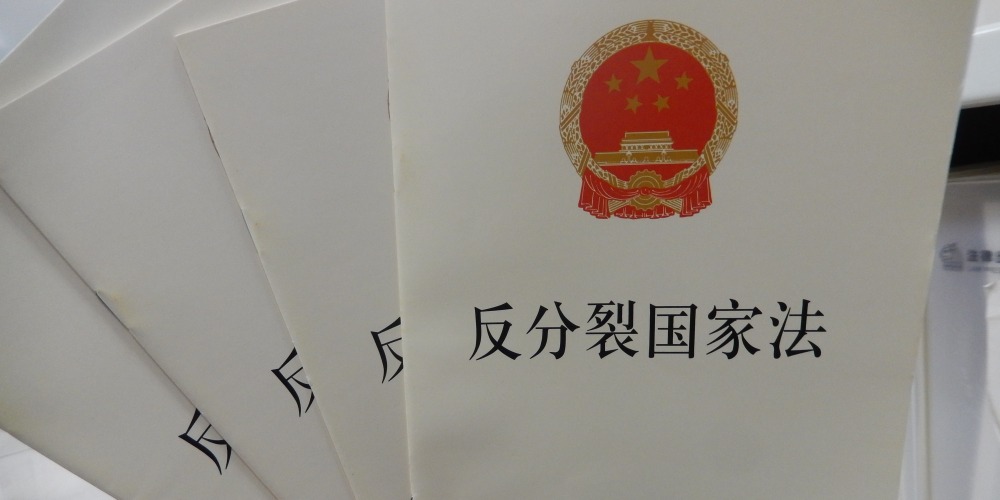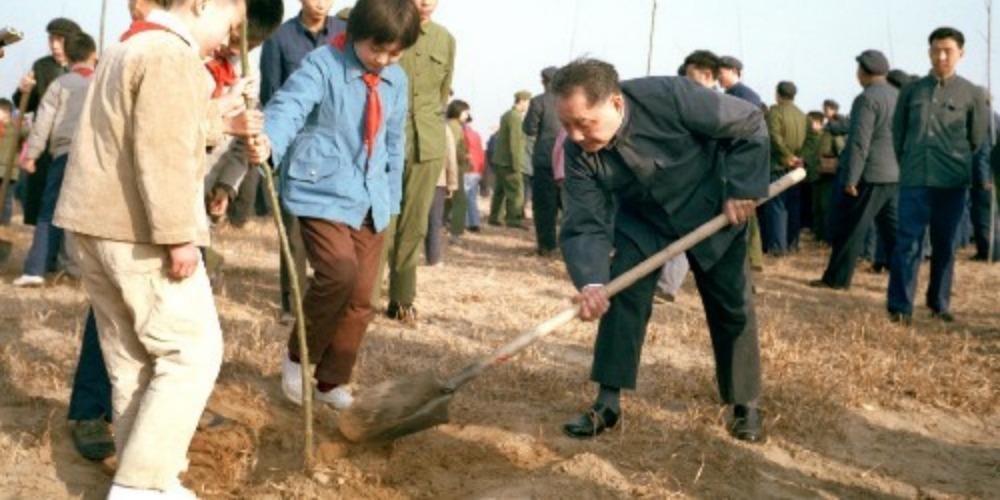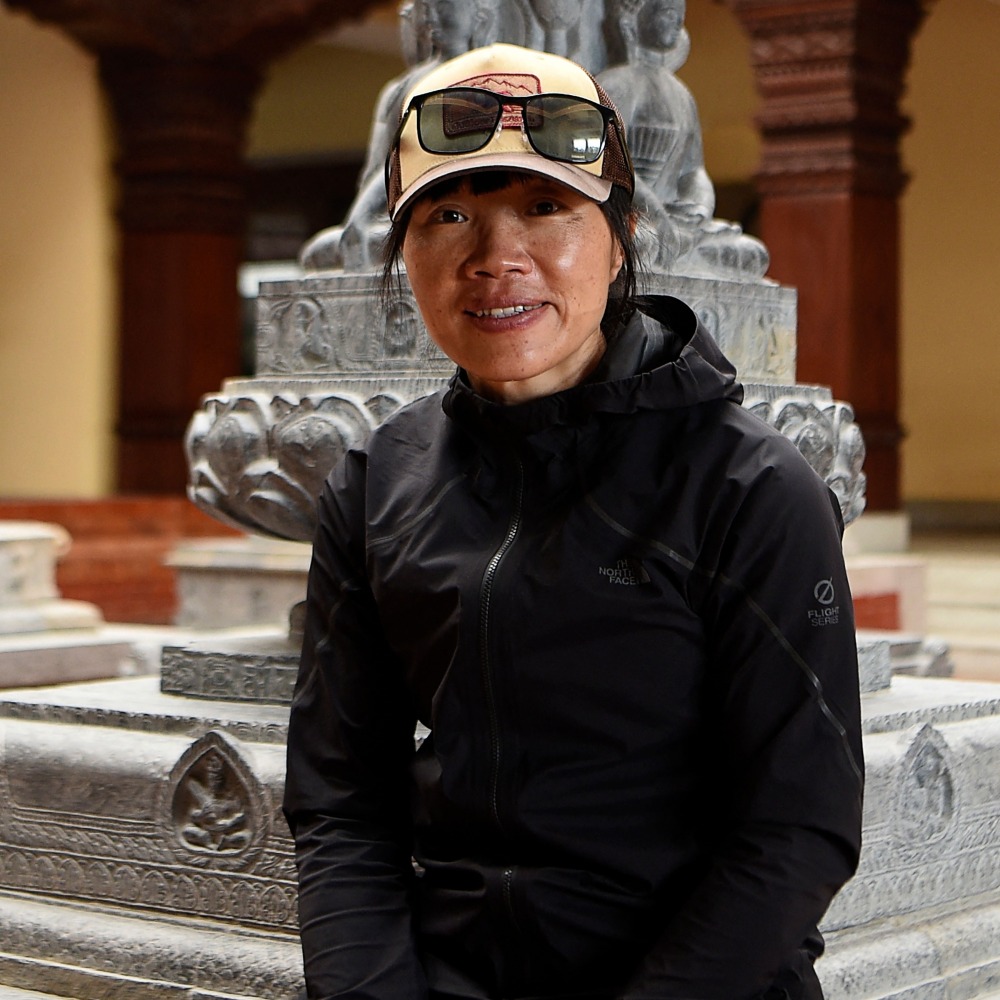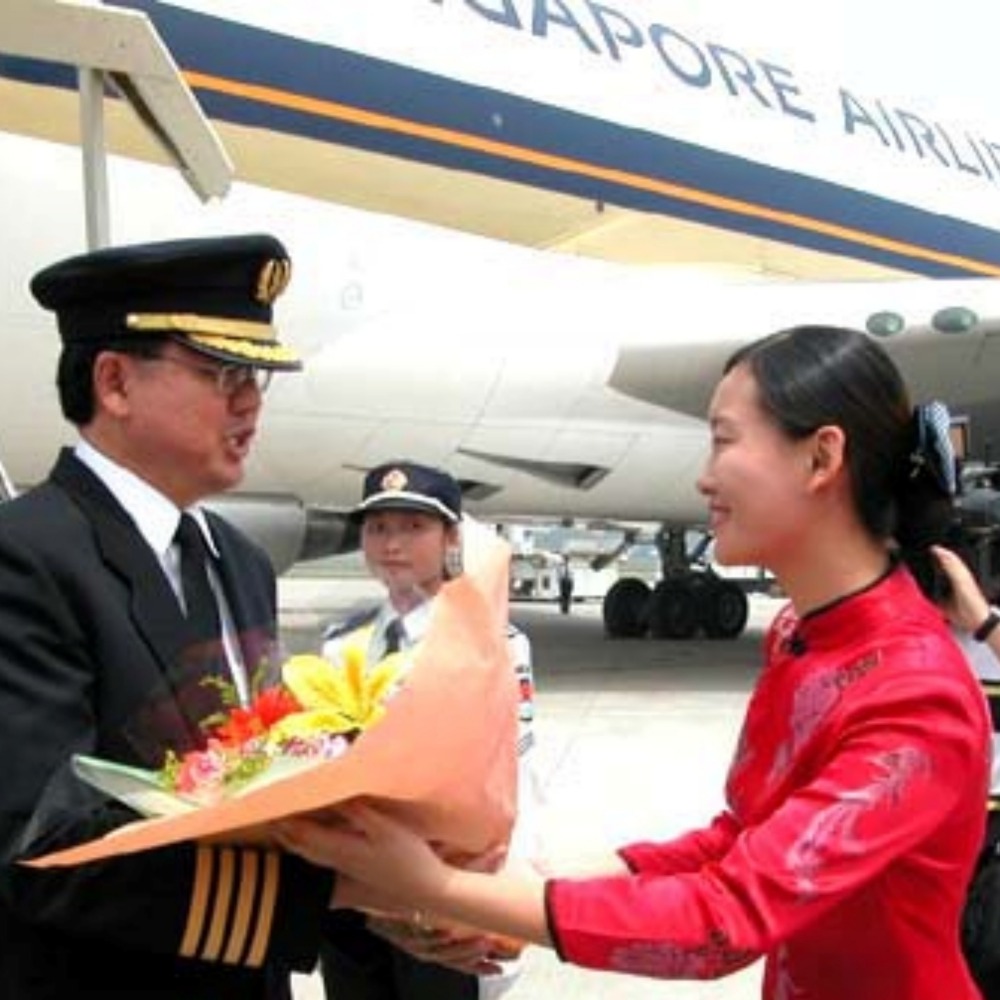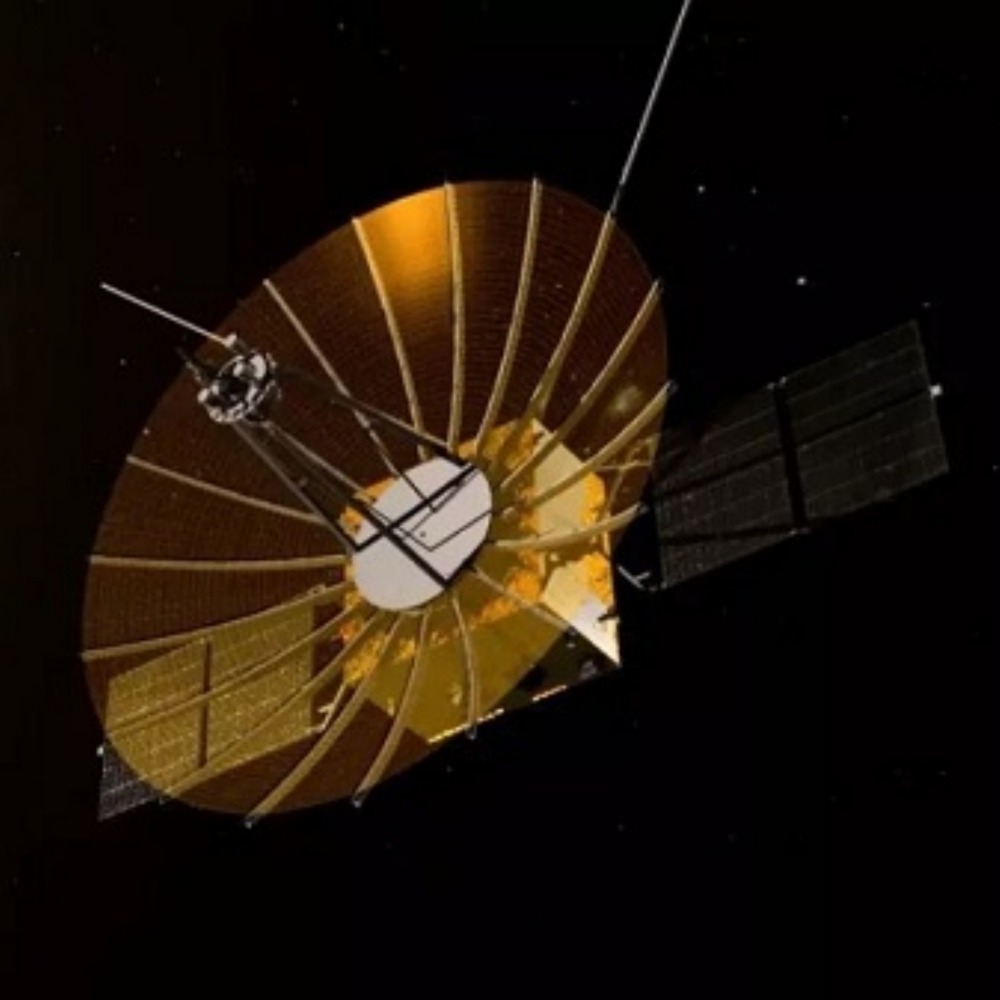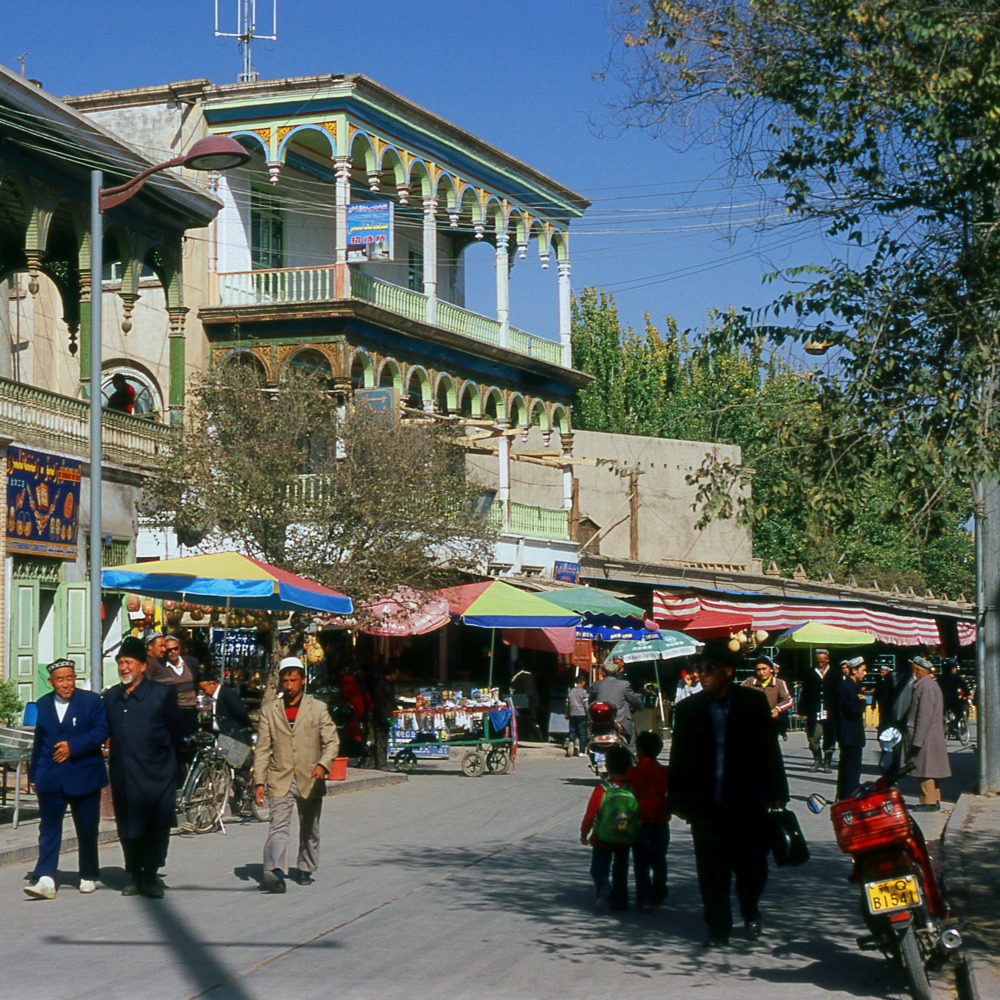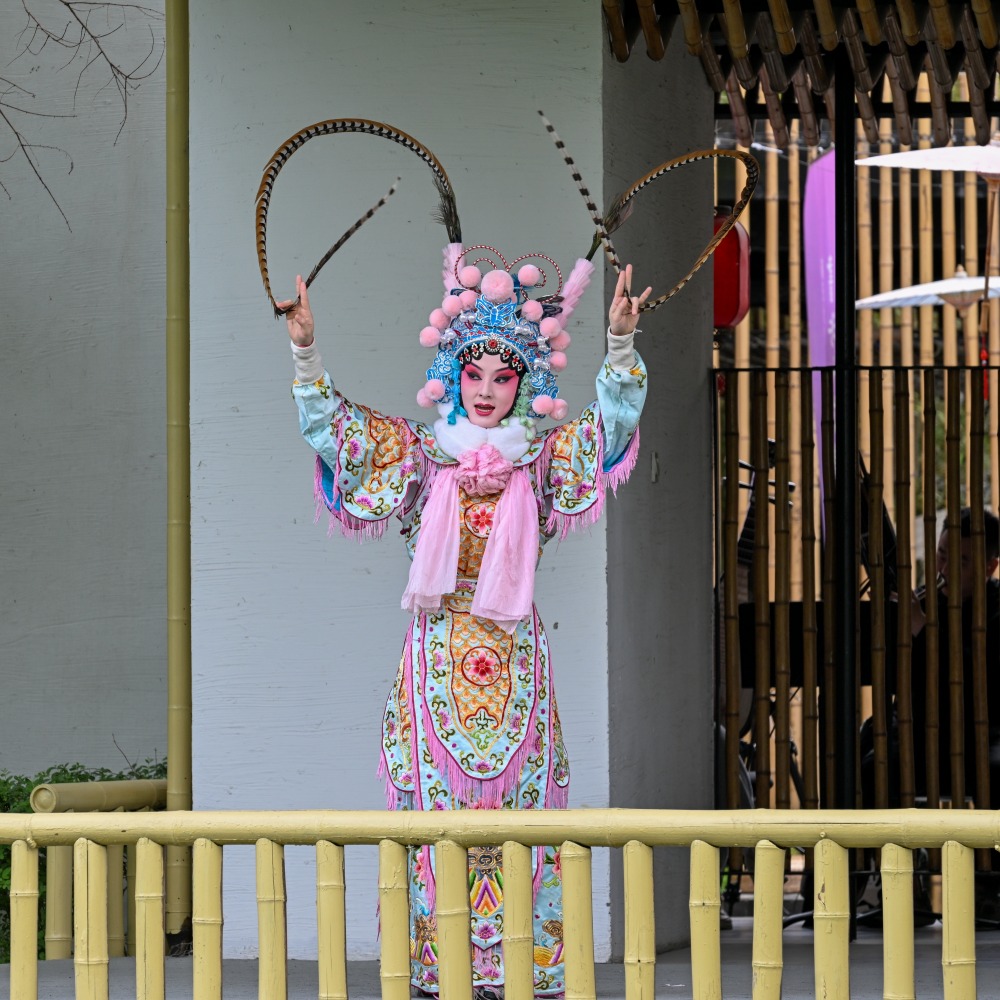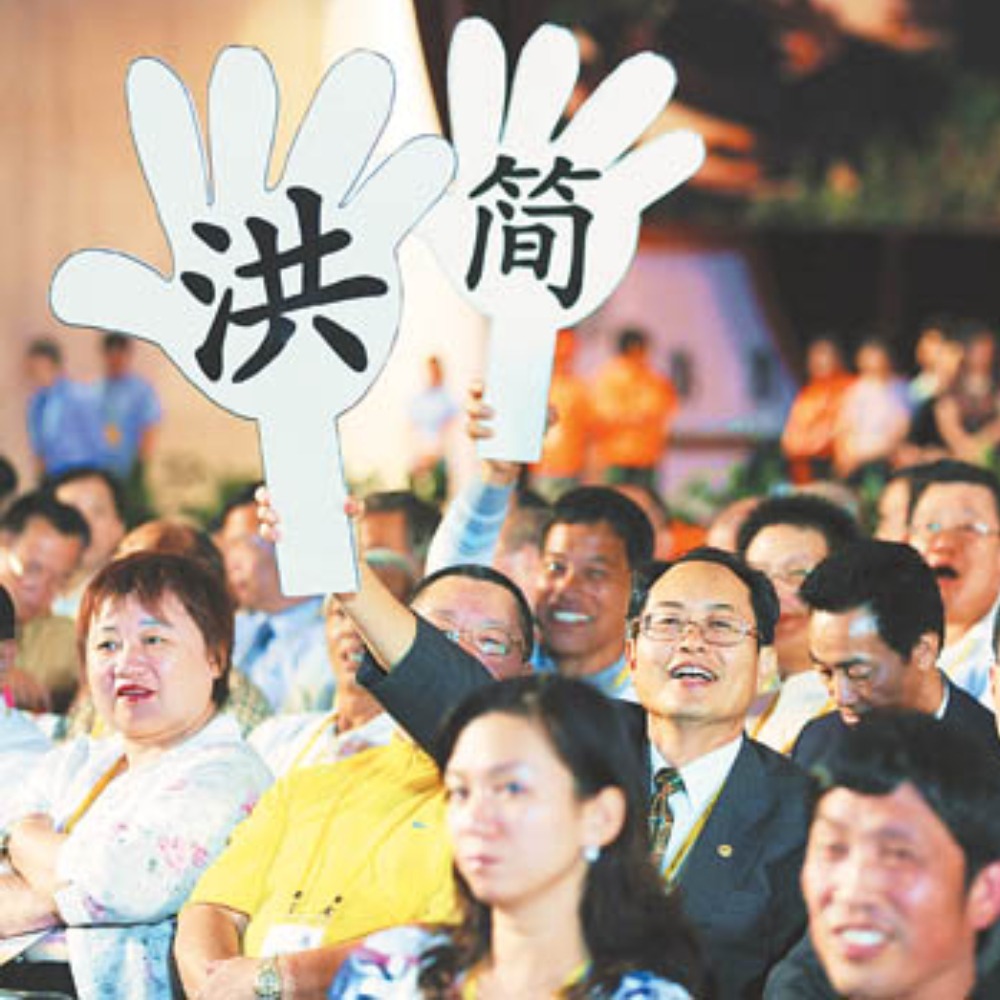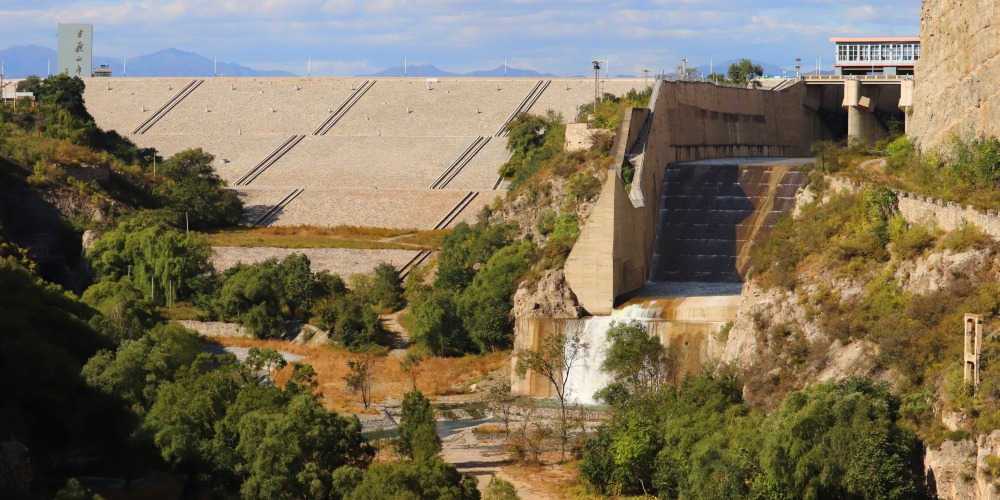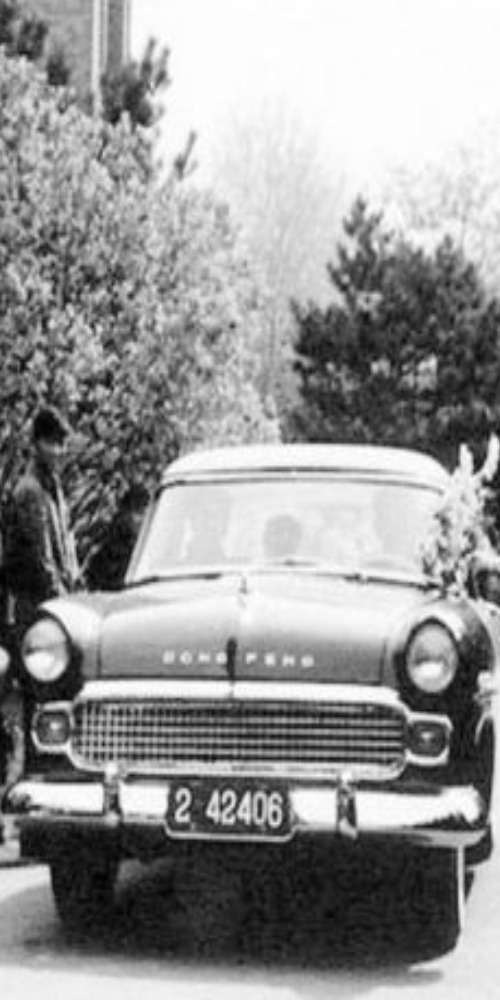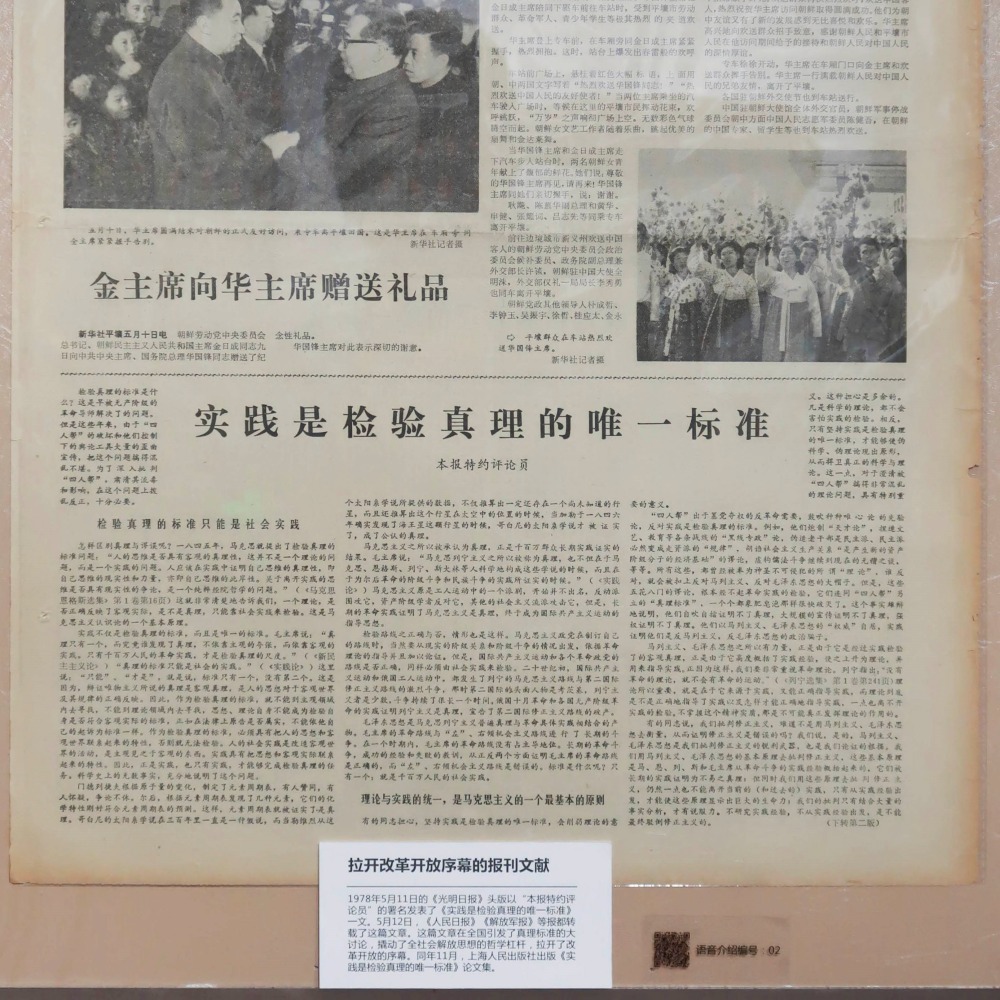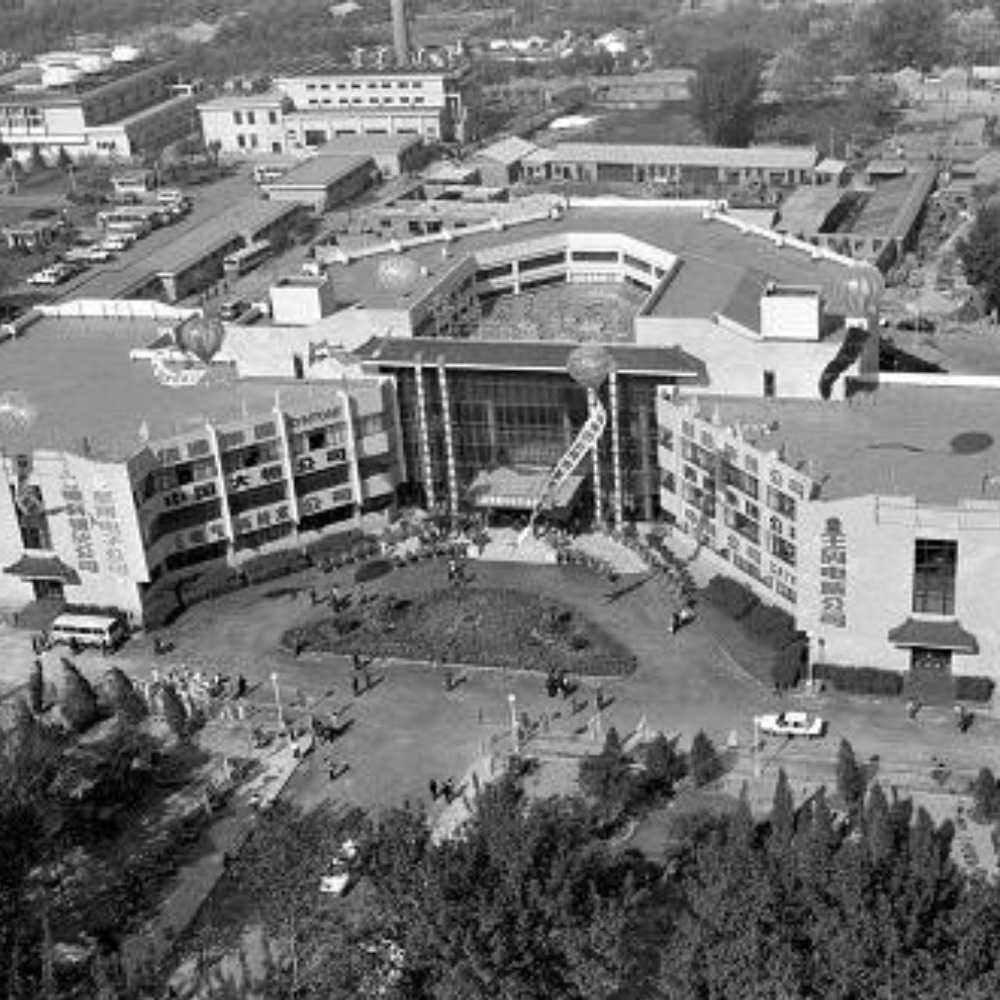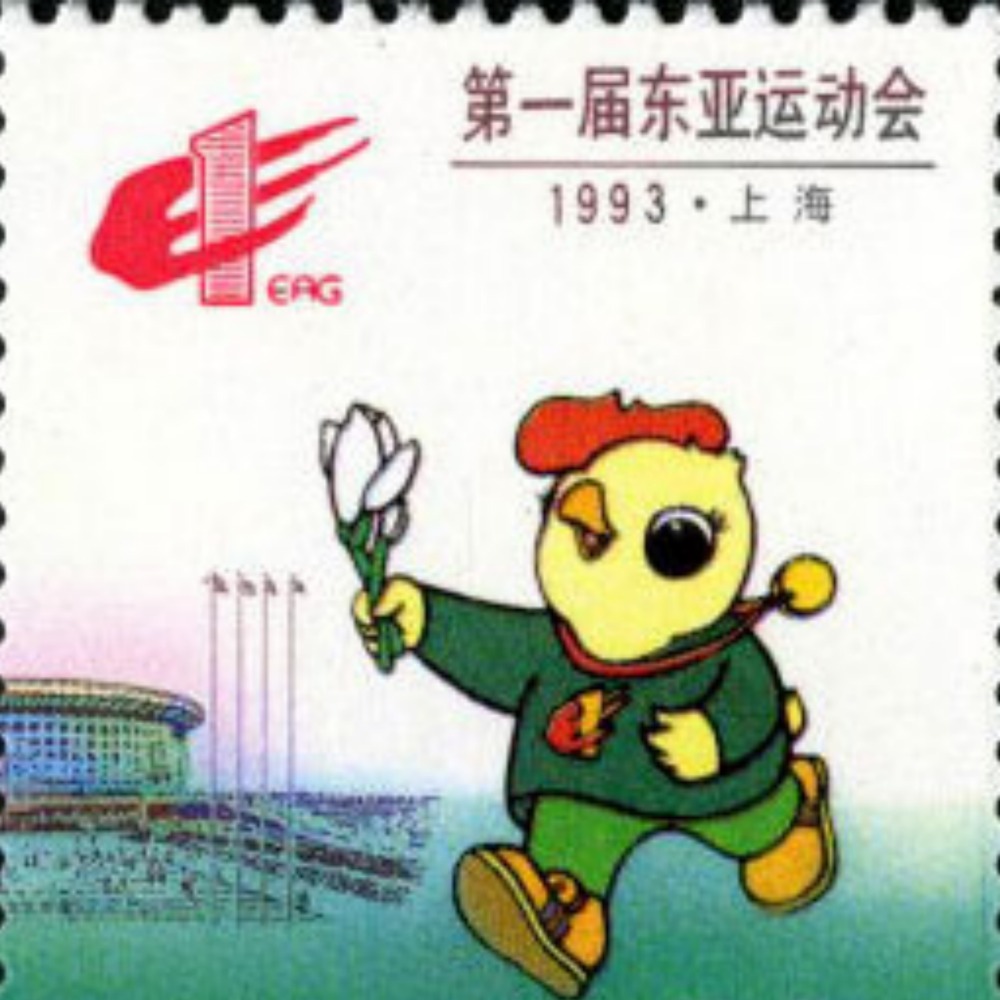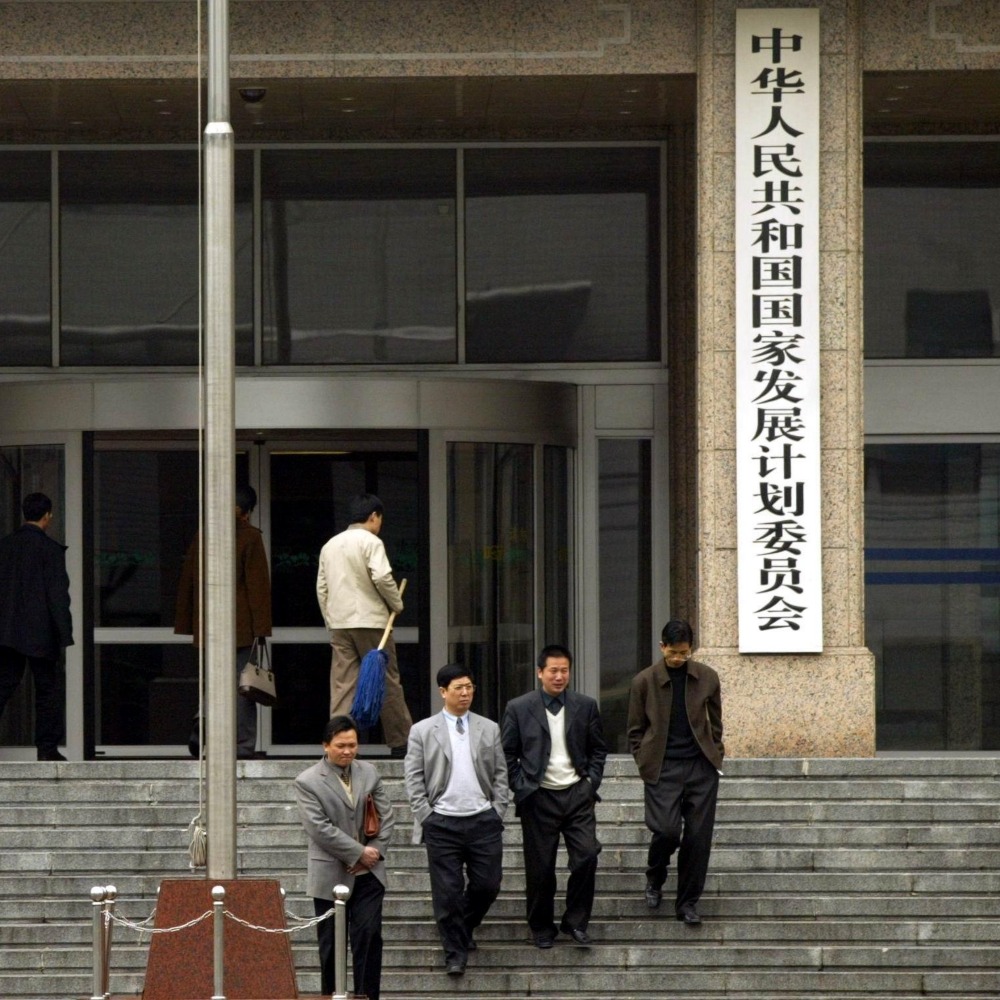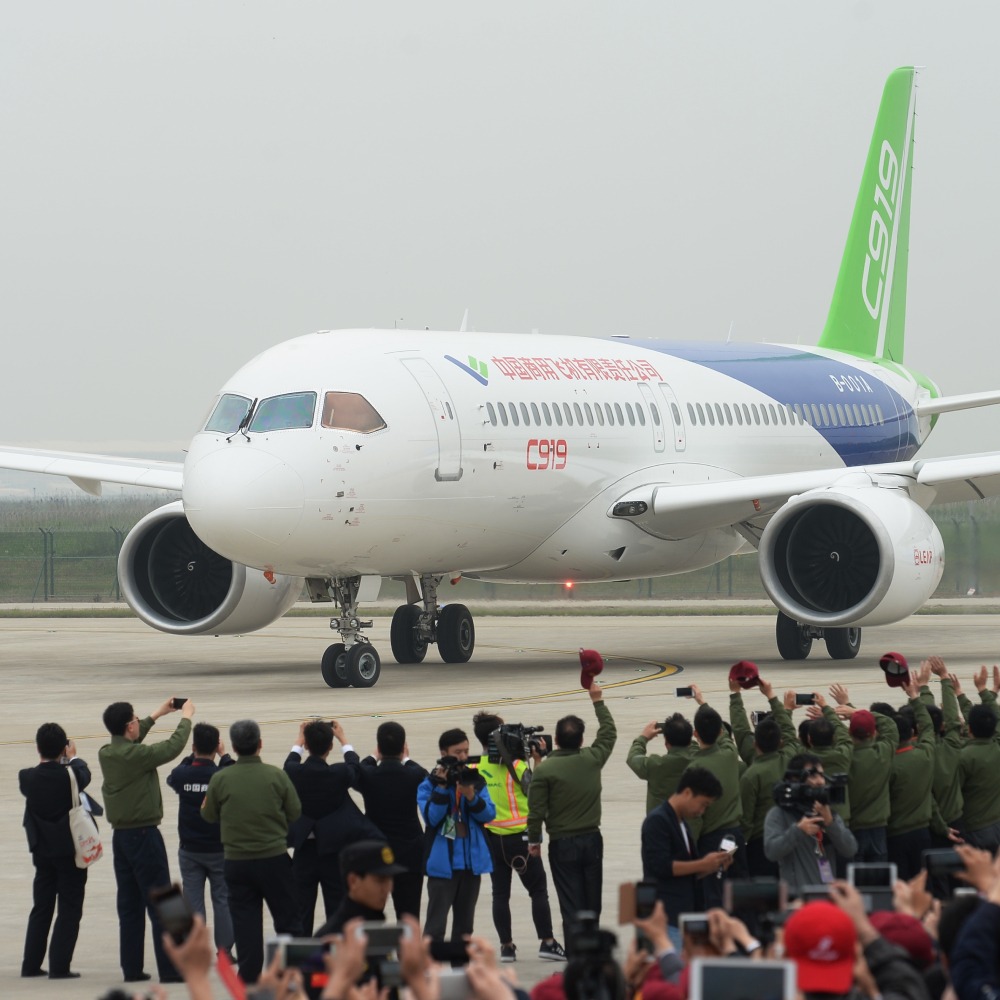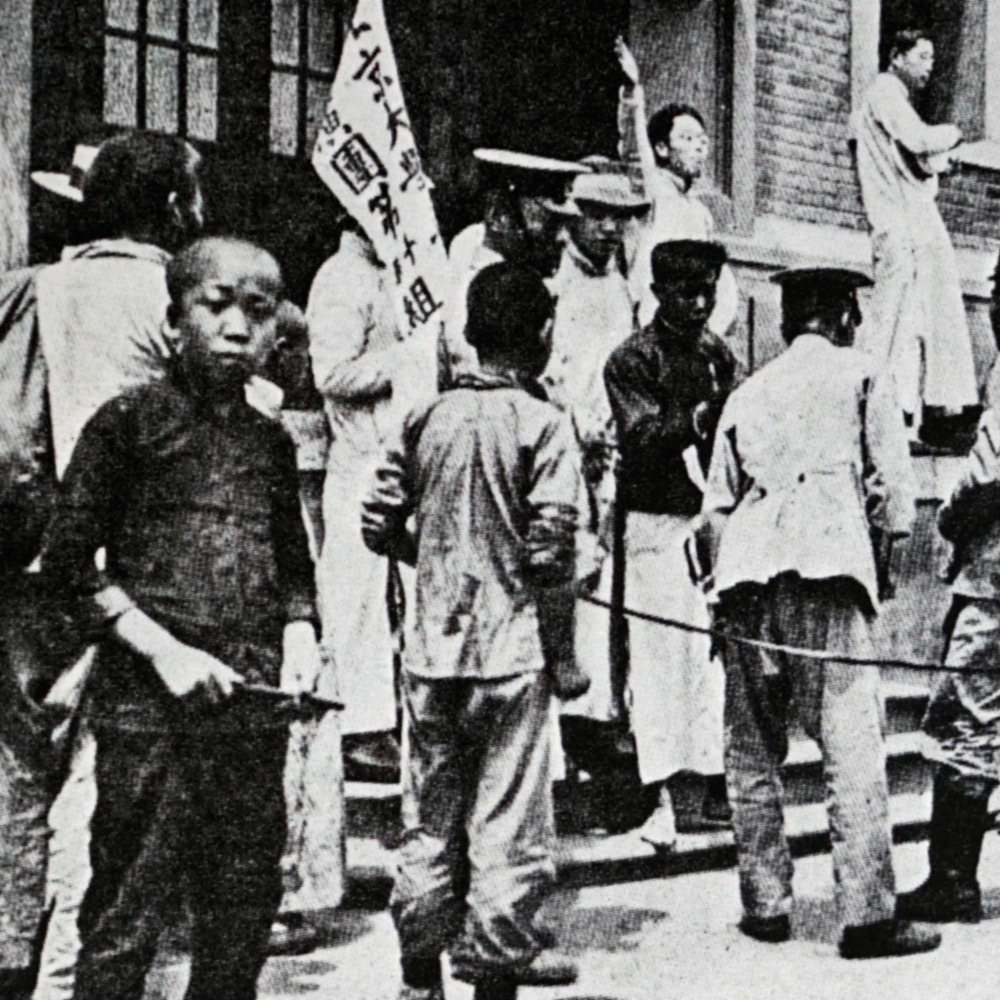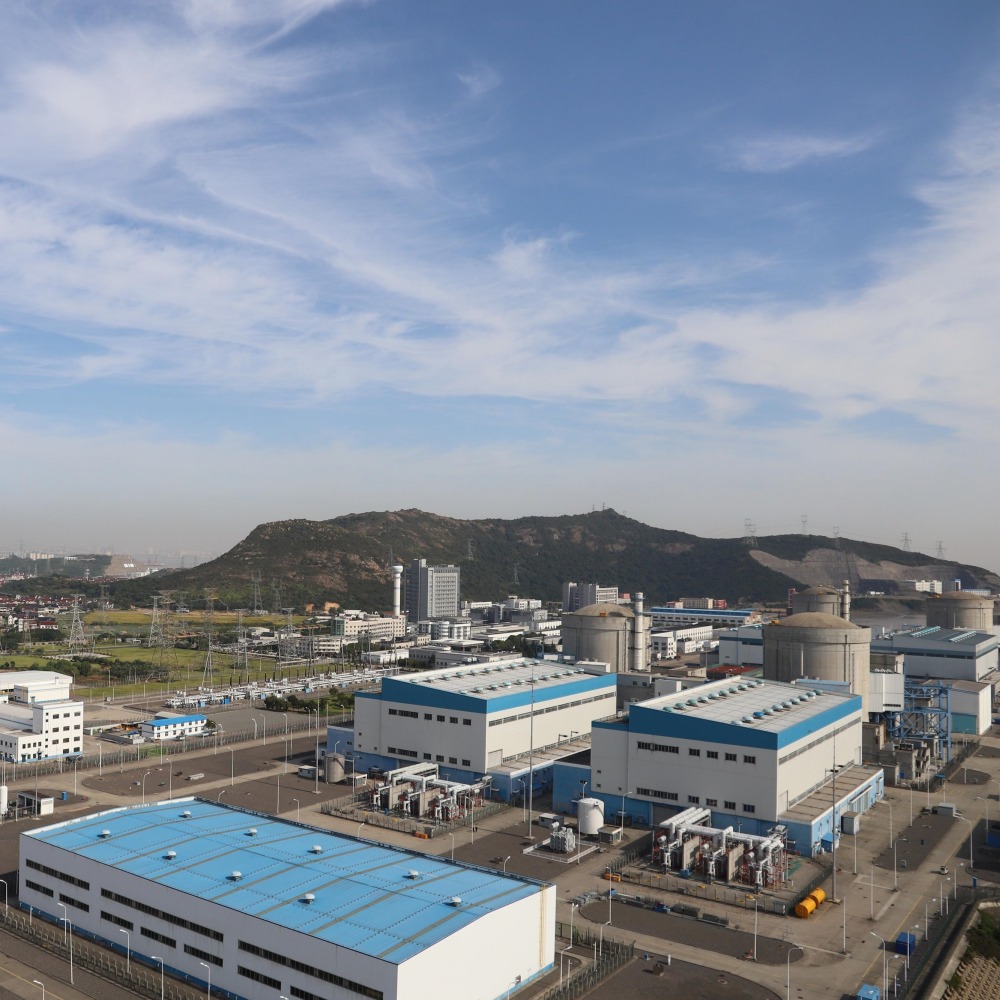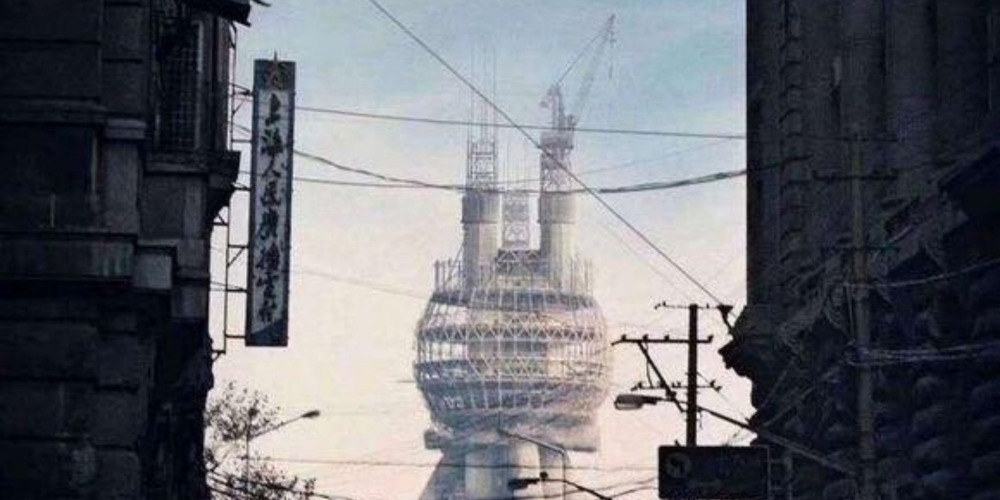Published : 2025-03-13
On March 13, 1993, migrant workers in Tangshan Town, Nanjing, were clearing the deposits in Hulu Cave when they accidentally discovered a well-preserved fossilised skull, similar to the Peking Man's ape-man skull, which was named Skull No. 1.
In addition, a fossilised ape-man tooth and more than 2,000 ancient vertebrate fossils were unearthed in Hulu Cave, most of which, including the Chinese hyena, became extinct in ancient times.
According to the China Academy of Sciences, Tangshan Ape Man Skull No. 1 was identified to be a female between 21 and 35 years old.
Later, experts also identified Skull No. 2, which had been discovered earlier.
The research and identification results at that time indicated that Tangshan Ape Man Skull No. 1 was about 350,000 years old, while Skull No. 2, belonging to a male, lived more than 100,000 years ago.
Later, using the latest scientific methods, the age of Tangshan Ape Man Skull No. 1 was extended from the initially believed 300,000-350,000 years to 500,000-600,000 years.
Based on fossil characteristics, the "high nose" of Tangshan Ape Man Skull No. 1 is believed to be a result of genetic exchange, suggesting that this remains may be a "mixed-race" between Chinese ape-men and Western ape-men.
However, some argue that although the skull's age has been pushed forward by nearly 300,000 years, but there are no fossilised humans with a "high nose" found in Europe, Africa, and West Asia from 580,000 to 620,000 years ago.
Therefore, they believe that Tangshan Ape Man naturally had a "high nose", and their prominent nose bridge might be an adaptation to cold or dry climates.
The discovery of this ancient human skull has significant historical and scientific value for researching the distribution and evolution of ancient humans in China, as well as understanding the living environment of updated humans, particularly in the middle and lower reaches of the Yangtze River.
It pushes the history of early human activities in Nanjing back to more than 350,000 years ago.
